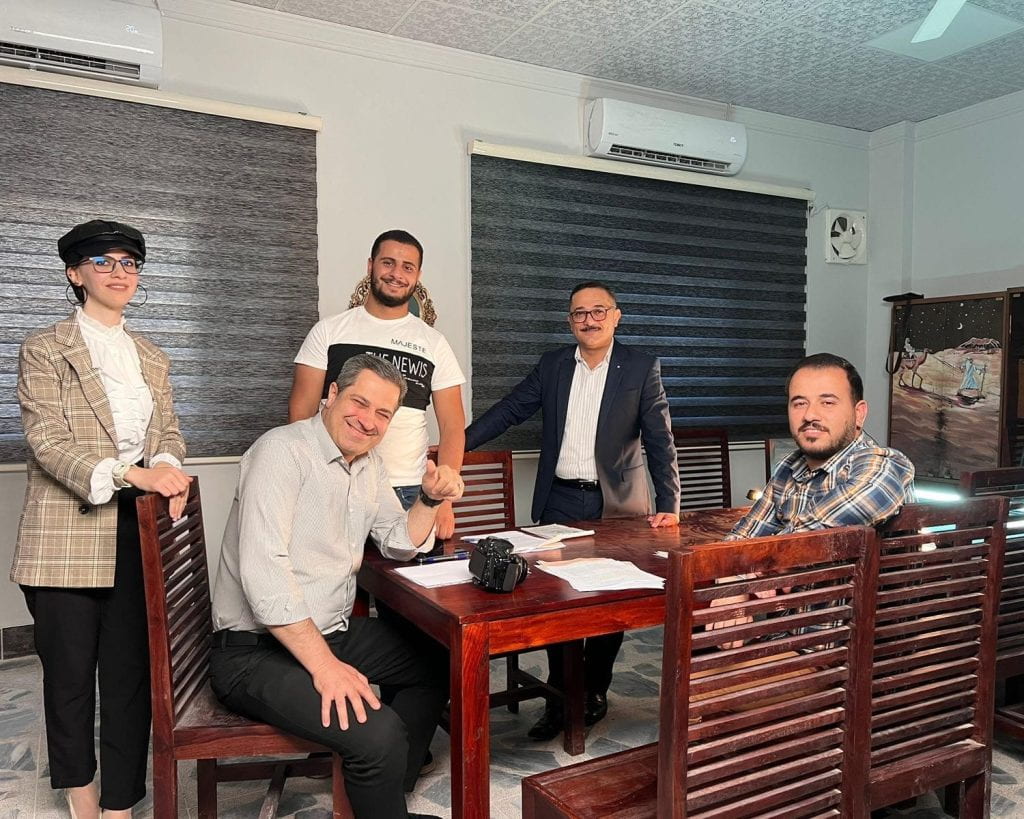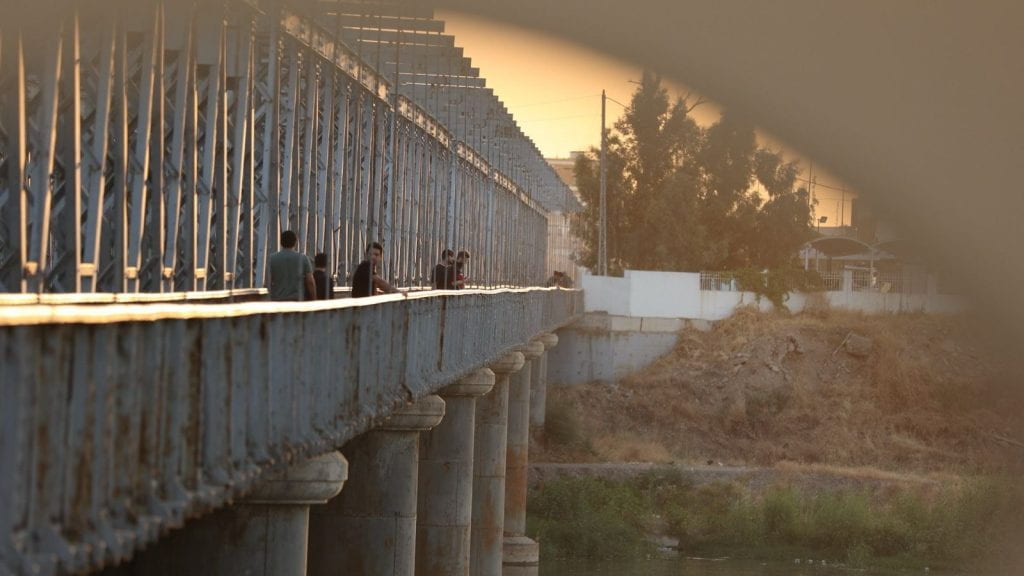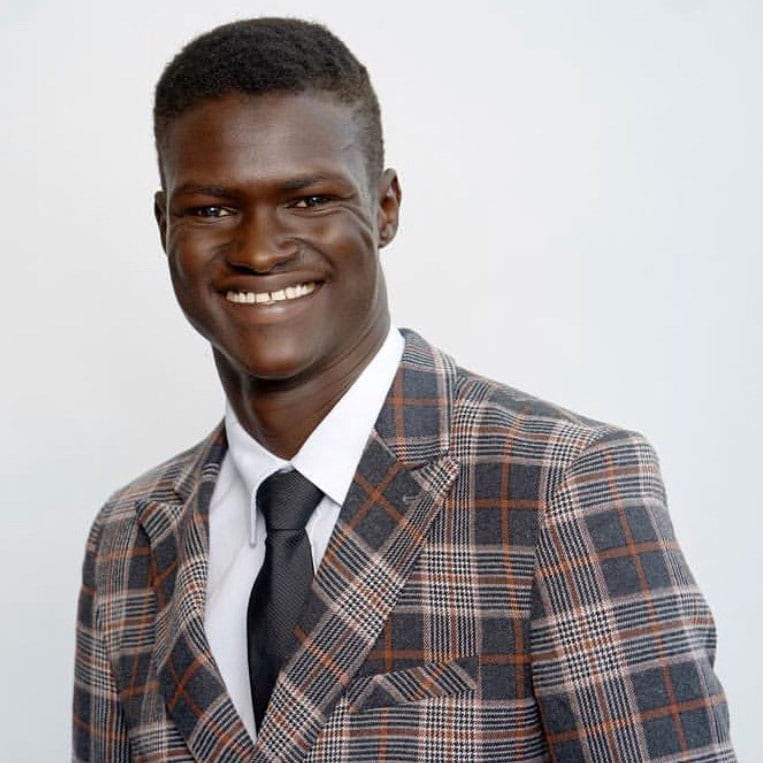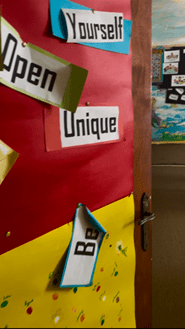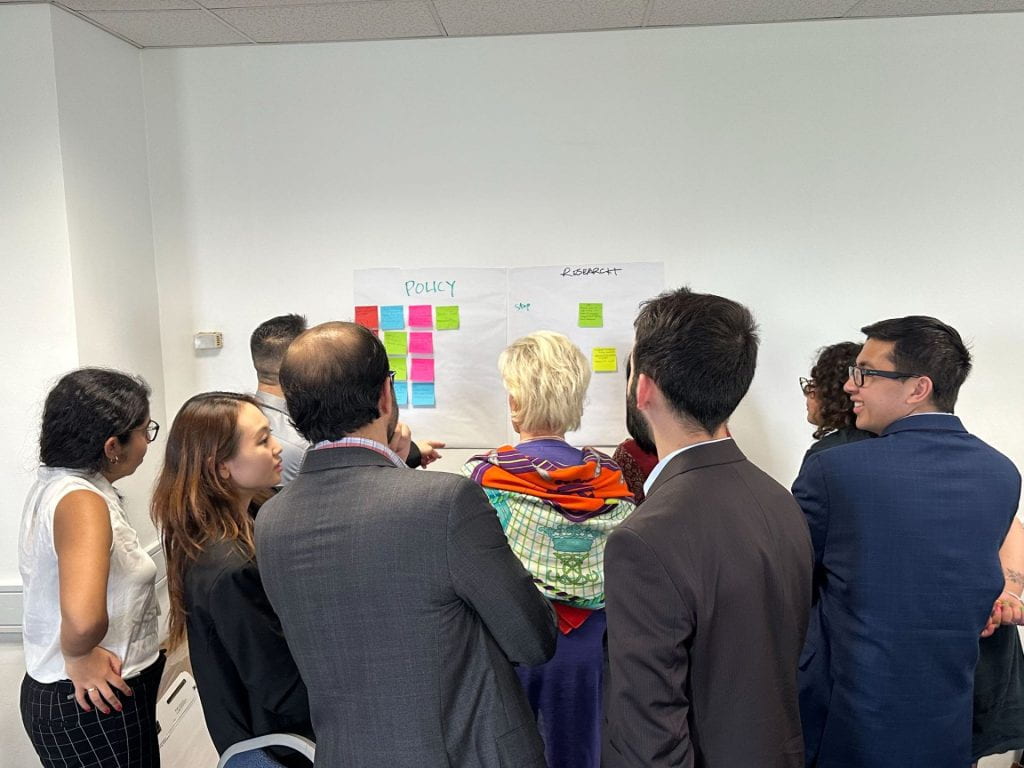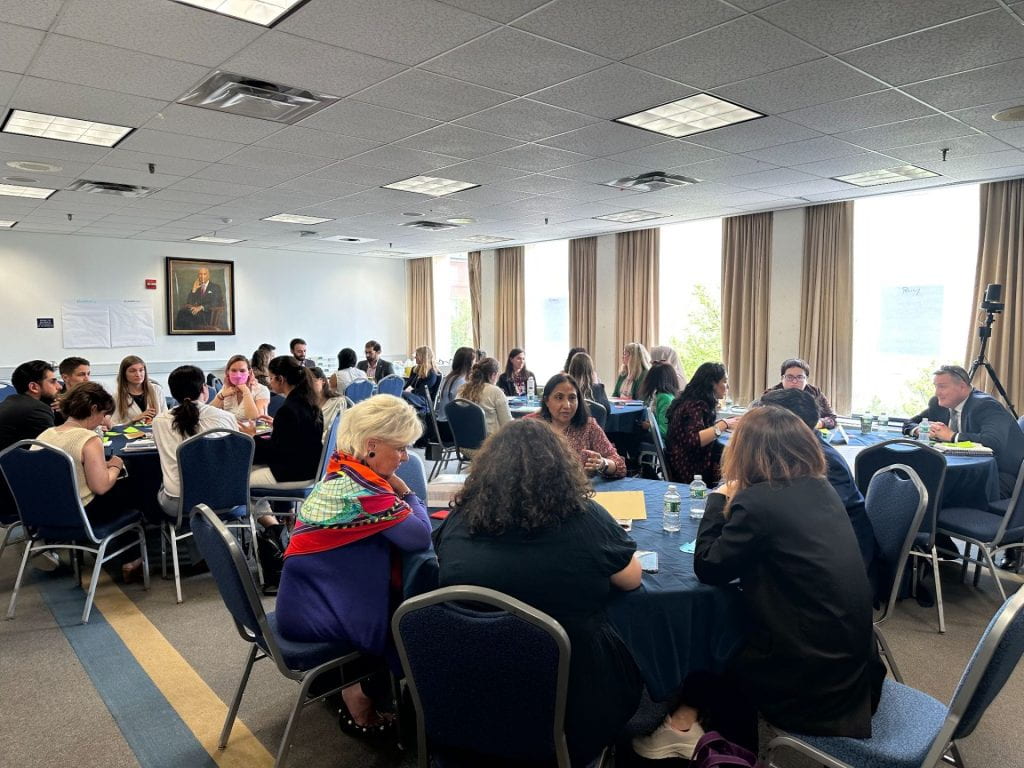By: Oummou Diallo, 07/23/2024
Peer Reviewed by REAL Members
Disclaimer: This entry contains descriptions of distressing events and mentions a suicide attempt. Reader discretion is advised.
What began as a birthday celebration in Milan, Italy, and Ticino, Switzerland quickly morphed into a stark reminder of the deeply entrenched inequalities and hypocrisies that persist in the so-called developed world. In societies with a colonial legacy, colonizers and colonized alike, learning frameworks often reinforce power dynamics and stereotypes, shaping leaders who may unconsciously perpetuate injustices. The way we educate our future leaders and decision-makers directly influences their worldviews, empathy, and ability to address global challenges. When our schooling systems fail to offer a comprehensive, decolonized perspective, they perpetuate harmful stereotypes, reinforce power imbalances, and hinder progress towards true global equity. This experience has only solidified my belief that decolonizing education is not just important—it is essential for dismantling the structures of injustice that continue to ripple through our global society.
My ability to speak Italian, a skill I had developed more out of passion than practicality, became an unexpected lifeline when my friend and I found ourselves entangled with the Italian police. The officers’ visible shock at hearing fluent Italian, especially from a Black woman, spoke volumes about the pervasive stereotypes that still plague even the most progressive societies. Nelson Mandela once said, “If you talk to a man in a language he understands, that goes to his head. If you talk to him in his language, that goes to his heart.” This quote resonates deeply with me, as language is the roadmap to a culture and a catalyst for global citizenship that fosters empathy and understanding.
After my friend was taken to the station for what appeared to be identity theft, I headed to the police headquarters to inquire about her status. My day, which had already started off on the wrong foot, took an even worse turn when I arrived at the immigration office division of the police headquarters. There, the true extent of the Global North’s hypocrisy came into sharp focus. The events I witnessed were nothing short of dehumanizing—desperate foreigners, seemingly from the Global South, struggling against a system designed to exclude and marginalize them. Someone was unpacking a suitcase on the pavement under the watchful eyes of four officers towering over him, others were struggling to speak the language and being yelled at like toddlers, passersby taking degrading pictures and videos (for which I was accused while still in my state of utter shock), then going about their privileged lives. These were a few of the many disturbing and humiliating acts that unfolded before me.
The situation reached a horrifying climax when one individual, overwhelmed by the repeated callous treatment and bureaucratic indifference, attempted to take their own life right before my eyes. The scream that escaped me drew immediate backlash for disturbing the peace—a surreal accusation given the life-and-death situation taking place. I stood my ground and, switching to fluent Italian, witnessed an immediate transformation in the aggressive officer’s demeanor. Only then did the officers who had been sniggering earlier finally show a semblance of humanity and attempt to talk the person down. As police and ambulances rushed to the site, I left, deeply unsettled and uncertain of the outcome.
This harrowing event was a brutal illustration of how the nations that preach human rights on the global stage often fail spectacularly to uphold these values within their own borders. The very nations that colonized and exploited much of the world, fueling the conditions that drive modern migration, now treat the consequences of their historical actions as an inconvenience to be managed rather than a moral debt to be repaid.
As I reflect on this nightmare, I’m struck by how directly it relates to my work at UNESCO-IBE. What I witnessed was not just a personal trauma, but a vivid example of the systemic issues we strive to address through education reform.
The incident underscored that our work at UNESCO-IBE is not just about improving education—it is about fundamentally reshaping the narrative. Decolonizing education, a concept central to our work, is not a mere academic exercise; it is a vital tool for restoring balance and justice in a world still reeling from centuries of exploitation and uneven development. It involves critically examining and restructuring educational systems to address the lingering effects of colonialism, challenge Eurocentric perspectives, and promote diverse knowledge systems and voices.
Education, when approached with a genuinely decolonial mindset, from endogenous to peace-building curricula, can be our most powerful tool for guiding this world on a more humanistic path. We need curricula that do not just acknowledge historical injustices but actively work to dismantle their lingering effects. This means challenging the predominance of Western perspectives, which have long prioritized European and Western cultures, histories, and achievements while marginalizing or ignoring those of other regions.
We must elevate marginalized voices and knowledge systems and foster true global citizenship that goes beyond superficial multiculturalism. Moreover, we must extend this decolonial approach to education in the Global North itself, cultivating genuine empathy, critical thinking about historical injustices, and a deep understanding of human rights that goes beyond lip service.
What started as a leisurely birthday trip has unexpectedly reinforced the profound impact education can have on our world. It has shown me how the skills we cultivate, like language, can become powerful tools for global understanding and change. It has highlighted how education—or its absence—shapes the attitudes and behaviors of those in positions of power. Most importantly, it underscored the urgent need for an education system that prepares all learners, regardless of their background or location, to be critically conscious and empathetic global citizens.
As I return to my work at UNESCO-IBE, I carry with me a renewed sense of urgency. Our mission is not just about improving learning outcomes—rather, it is about catalyzing a fundamental shift in how we understand our shared global history and our responsibilities to one another. We must push for curricula and educational practices that confront uncomfortable truths, challenge entrenched biases, and prepare learners to actively dismantle systems of oppression.
This birthday has given me more than just another year of life; it has provided a stark reminder of the immense work that lies ahead. The path to true global justice and equality is long and fraught with challenges, but education can be our beacon of hope. As we continue our work in curriculum development and educational policy, let us strive to create an education system that equips learners with the critical consciousness needed to challenge and transform the status quo.
This ordeal grimly exposed the hypocrisy of Western societies that continue to patronize the very world they have impoverished through centuries of exploitation. It is time for these self-proclaimed bastions of human rights to look inward and address their own failures. I challenge educators, policymakers, and citizens in the Western world to:
- Confront complicity by acknowledging how educational systems perpetuate colonial mindsets and global inequalities.
- Dismantle the savior complex by addressing the root causes of global injustice rather than viewing the Global South as a project to be ‘fixed’.
- Rewrite narratives by centering the voices and experiences of those who have been marginalized and exploited in curricula.
- Practice what is preached by ensuring that principles of human rights and equality are reflected in the treatment of (im)migrants, refugees, and minorities within borders.
- Take accountability through concrete actions to repair the damage caused by colonialism and ongoing neo-colonial practices.
True decolonization of education requires the Western world to relinquish its self-appointed role as the world’s teacher and become a humble, accountable learner. Only then can we hope to create an educational system that genuinely fosters global justice and equality.
Here is to another year of pushing boundaries, speaking truth to power, and working towards a truly just and equitable global society!
Oummou Diallo is a Summer 2024 GW UNESCO Fellow at the UNESCO International Bureau of Education in Geneva, Switzerland.



